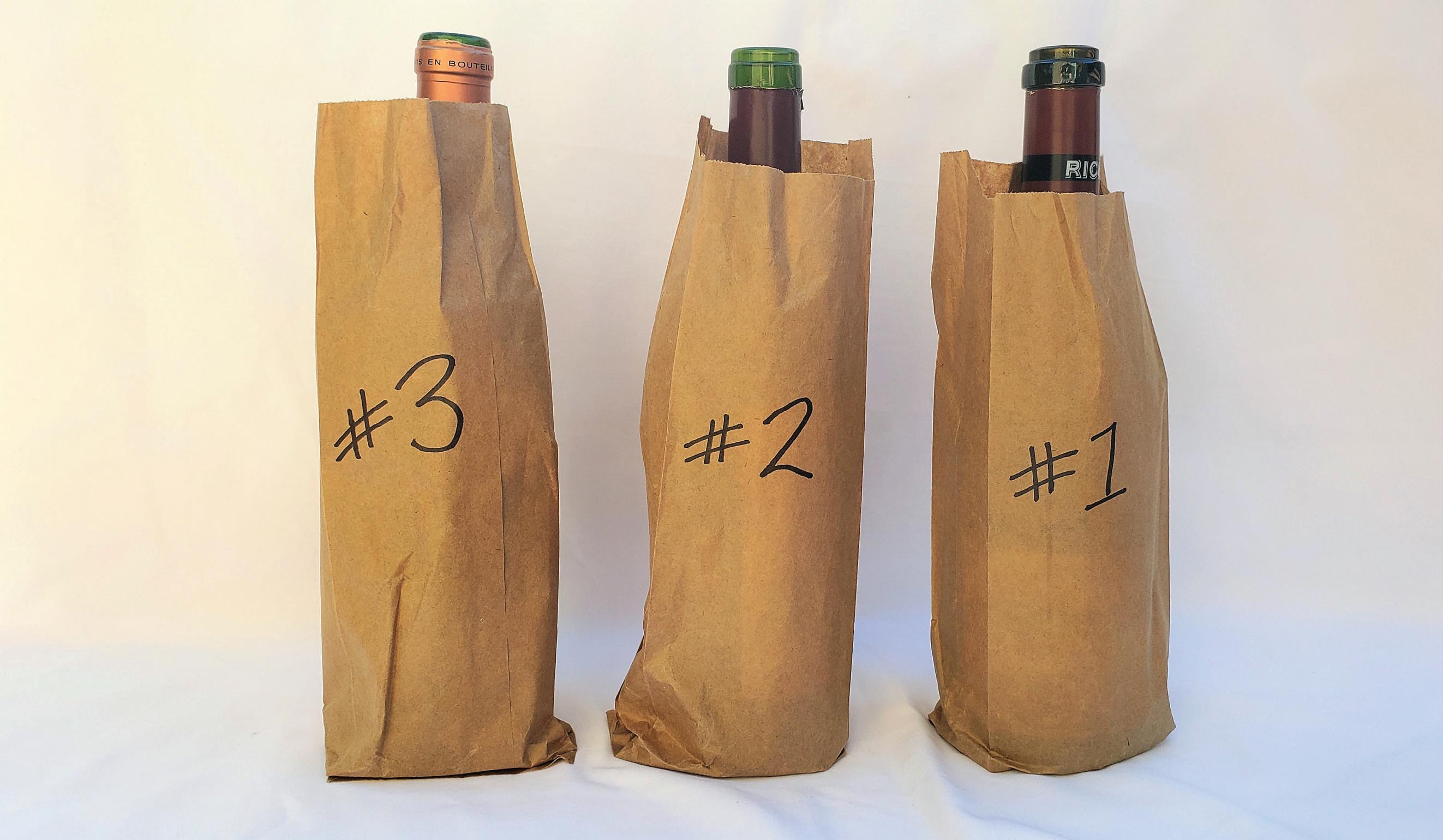
4 minute read
SOMM SAYS
SELECT THE BEST WINE FOR YOUR BUDGET
BY DALE BLANKENSHIP AND CAT SANSING OF UMAMI.LIFE™
Editor’s note: Our resident sommelier, Jennifer Beckmann, will be back soon. During our pandemic pause, Ms. Beckmann has been working round the clock to bring our city a new treasure – Re:Rooted 210 Urban Winery at Hemisfair, which is now open for business. She’ll tell us all about the grand new venture in the next issue, but for now, please enjoy these great tips for wine selection reprinted with permission from the folks at Umami.Life™. How to select the best bottle of wine for your budget? People hunt for reviews and scores from experts, download apps for crowdsourced ratings or seek recommendations from wine professionals, but here are some insider tips to help make the journey easier and
more enjoyable.
Wine has long been associated with intellectual pursuits and nation building, woven into the cultural fabric of societies since the beginning of time. That said, the wine industry is also in the business of manufacturing and supplying a consumer product. Behind the veil of romance, a minefield of economic risks, from the cost of land, vineyard management, facilities, equipment, employees and the impact of weather
on crops to governmental regulations, taxes, distribution and marketing, is always looming.
Growing grapes is an agricultural industry. Producing wine is a value-added industry for that agricultural product. Not all grape growers produce their own wines and not all wine producers grow their own grapes. Many growers also vinify their own grapes and many wine producers grow some of their own grapes and purchase the balance from other growers, creating a complicated landscape.
FOLLOW THE GOLDEN RULE
You don’t need a wine score or a wine angel sitting on your shoulder to guide you to the best bottle of wine for your budget in retail shops or on the restaurant wine list. You can find a great bottle in any price range if you know the three magic words – “location, location, location.” Using the golden rule of real estate will help you find the perfect bottle of wine for you and your budget. You’ll feel as triumphant as Indiana Jones unearthing a treasure.
But no matter where in the world wine grapes are grown and wine is vinified, “location, location, location” is the essential clue to understanding the world of wine.
Throughout Dale’s career spanning three decades in the wine distribution industry, he found labels that tie wines geographically as closely as possible to their grape source to be the best indicator of quality vs. price. This closely parallels the concept of farm-to-table sourcing of foods as a measure of quality.
GENERAL TO SPECIFIC
So how does “location, location, location” apply to a wine label or wine list? Inspecting a wine label should be like zooming in on a Google Earth map – going from a 30,000-foot view to a bird’s eye view. If you’re still stuck at cruising altitude and can’t see the region or appellation, then move on as there are thousands of great choices.
Deciphering a wine’s region/appellation is the core of the golden rule.
American-made wines should list the American Viticultural Area (AVA). In European Union countries (France, Italy, Spain, Germany, Portugal), look for the classification of Quality Wines Produced in Specified Regions (QWpsr) or Table Wine (TW). Regions can be listed as AC or AOC in France, DOC or DOCG in Italy and Spain and QmP in Germany. In South America (Mexico, Argentina, Chile), listings are like those on American wine labels, which show the AVA or wine growing region.
THE REST OF THE STORY
You may often see unfamiliar wineries or labels on wine lists. Fear not! These are generally small boutique wineries that represent some of the best examples of their varieties. Having tasted wine from countries, regions, appellations, sub-appellations, estates and vineyards across the globe, we follow these very same guidelines ourselves when selecting a bottle.
Generally, avoid wine labels with critters and pretty pictures on them. This is usually a peacocking distraction from a wine that might not be well made.
Also try to avoid wines with origins showing just the name of the country. These typically represent large volume wine processes that involve extra chemistry to produce. (Headache time for sensitive individuals!) In the U.S., there are exceptions in which a producer may use grapes from two separate growing regions, but regulations require that this wine be labeled by the state designation. In this case, most conscientious producers will give more specifics as to the grape source on the back label.
PRICE POINT
It’s possible to find well-made wines at exceptionally low prices from time to time for reasons known only to industry insiders. Wine distribution can be a cutthroat business. However, in the U.S., the industry generally considers the premium wine category to begin at $9 retail.
Fine wine generally begins at around $15 retail. On-premises (restaurant) pricing is far different from the price you see in the wine aisles. Don’t complain to restaurant staff if the wine you drink and like at home is 3 to 4 times the price on their wine list. The economics of restaurants necessitate a different pricing strategy – and don’t forget they are properly opening it and serving it for you as well.
While you’re searching for that Goldilocks bottle to match your entrée, consider starting your meal with a bottle of sparkling wine or Champagne. Bubbles pair with everything!
No matter the reason or season, “location, location, location” will guide you to your best wine adventure. Remember, the best bottles of wine reflect a taste of time, place and passion.



